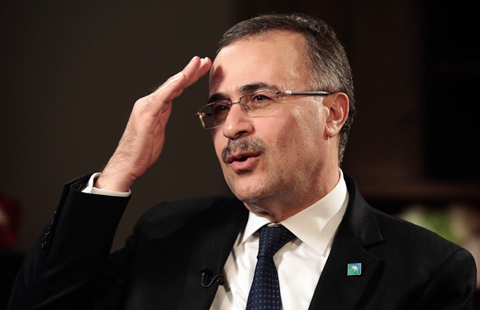Overseas firms flock to Chengdu
The real success of Chengdu, however, can be measured in the vast range of high-tech industries that have bases there. Companies in sectors as diverse as IT, new energy, new materials, bio-pharmaceuticals, aviation and aerospace, automobile, equipment manufacturing and petrochemicals are in Chengdu.
For example, Chengdu is growing to be an automobile production hub in China. But the industry barely took off until a decade ago.
In 2011, FAW-Volkswagen Automotive (Chengdu) Co produced 59,888 vehicles, generating 438.13 million yuan ($71.4 million) in revenue. The revenue is expected to reach 44 billion yuan in 2015. In October 2012, the company set up a factory to make vehicle engines. The arrival of FAW-Volkswagen was like a magnet for car-parts suppliers and later a drawing card for global rivals like Toyota Motor Corp and AB Volvo, who have set up operations in Chengdu.
Longquanyi District - covering 556 square km and 13 km east of downtown Chengdu and 28 km from Shuangliu International Airport - has attracted more than 500 major industrial projects involving nearly 140 companies from the United States, Germany, France, Canada, Japan and other countries. City officials are proud to note that investors include 41 Fortune Global 500 companies.
Karl-Thomas Neuman, president and CEO of Volkswagen China, has predicted that the southwestern city will become a Chinese version of Germany's Wolfsburg, the home of the VW empire.
But why is Chengdu so attractive? The city's efforts on intellectual-property creation and protection are certainly part of the equation.
The capital of Sichuan is also known as the country's model city for IP creation.
It launched a "Week IP Protection" between April 19 to 26, the World Intellectual Property Day, aiming at further raising IP protection awareness across the city.
Chengdu filed 48,901 patent applications, with more than 32,500 of them approved in 2012, according to official figures.

















